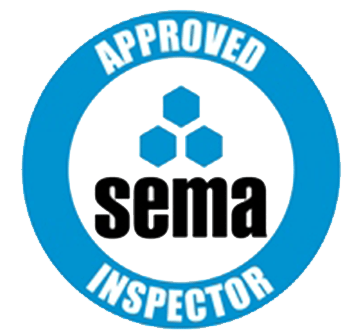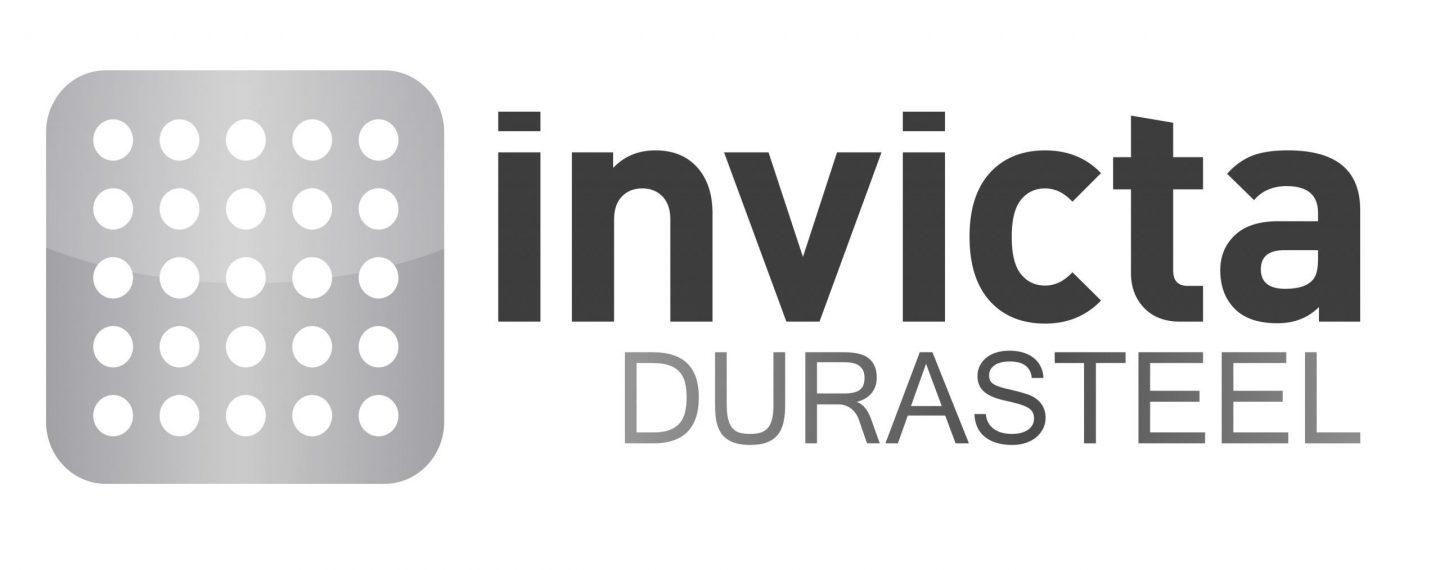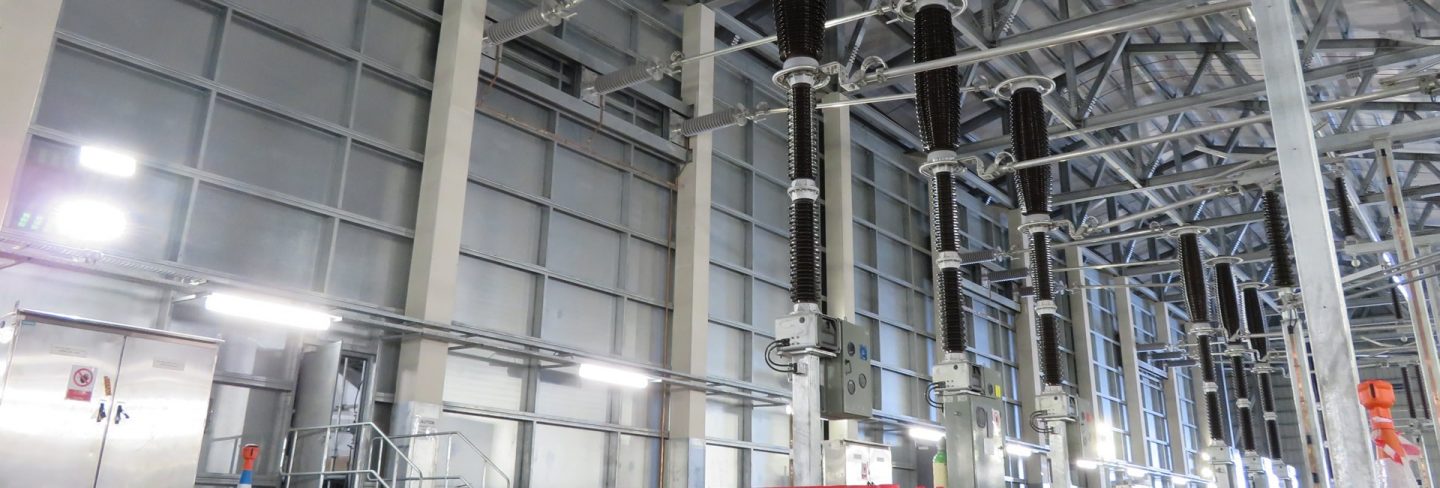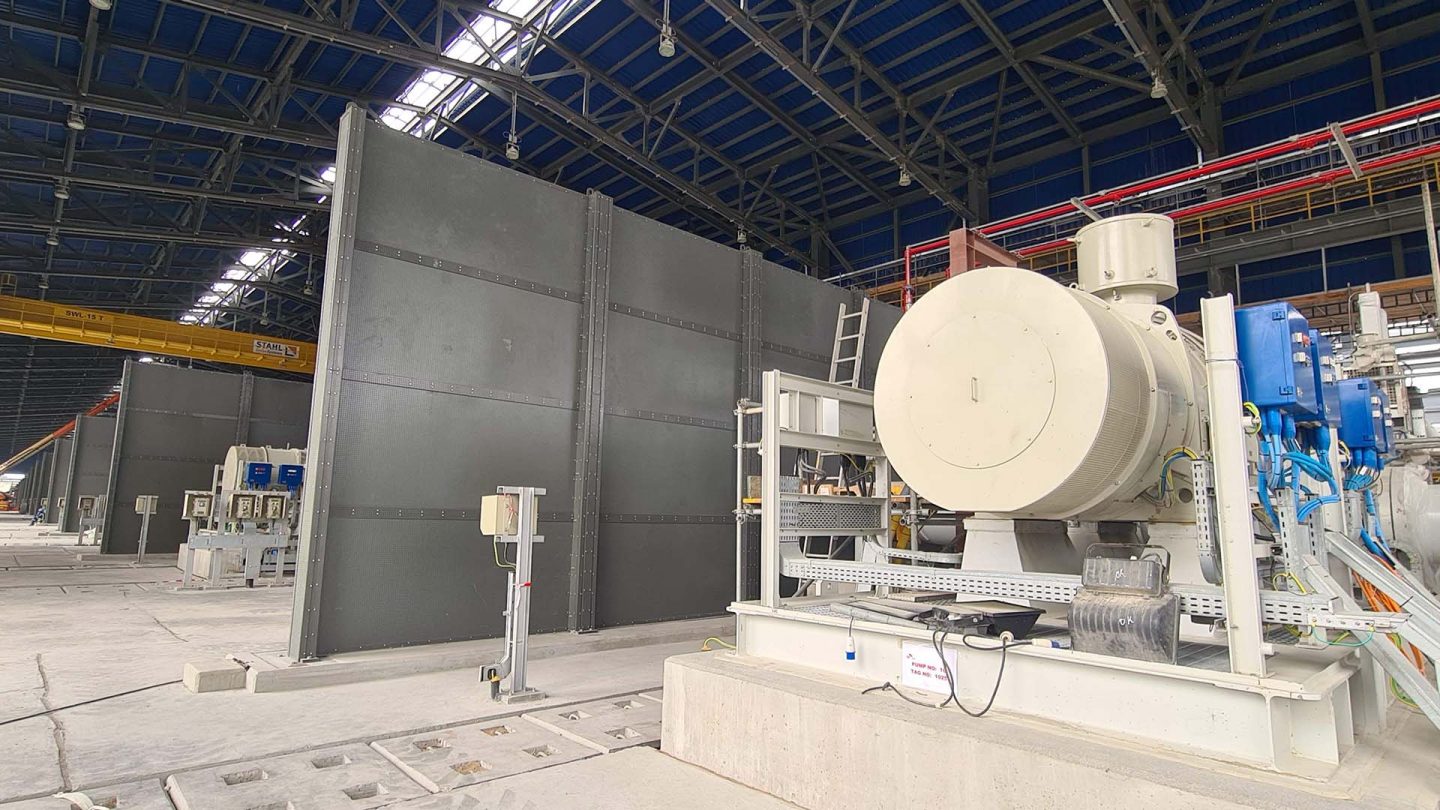For your information
You are being redirected to one of our divisional subsites which contains more detailed information on the required division. To navigate back to the main Invicta Group site, please click the link found in the footer at the bottom of the page.
- Durasteel
Discover the benefits of Durasteel
- Systems
Systems
- Expertise
Expertise
-
Applications
- Aircraft Hangar Fire Protection
- Battery Storage Facilities
- Building Fire Compartmentation
- Anti-Terrorist Blast Protection
- Cable Tunnel Fire Compartmentation
- Equipment Delivery Hatches
- Equipment Enclosures
- Heat Shields
- Power Station Fire Protection
- Metro and Rail Fire Protection
- High Voltage Cable Protection
- Substation Fire & Blast Protection
- Tunnel Fire Protection
- Oil & Gas Fire & Blast Protection
- Ventilation Systems
- Wind Farm Fire Protection
-
Applications
- Projects
- Insights
Insights
-
Articles
- The benefits of passive fire protection for businesses
- What BS 9991 changes mean for building fire safety
- Does the rise in electric vehicle fires pose a risk to buildings?
- What Boeing’s downfall says about safety culture
- Does AI pose a threat to fire safety?
- What we can learn from the Grenfell report
- Frequently Asked Questions
- A to Z of Terms
-
Articles
- Contact
Contact

UK +44 1843 220 256

US +1 305 328 9444

UAE +971 4 277 6225

Qatar +974 4441 4340

India +91 79945 14049

Malaysia +60 16 286 6225
- Start your project
Is there a fire safety issue with modular construction?
4th October 2025
Quick Quote
Contact Fraser Shearer Sarun Vysakham Ben Tan Anand Raghavan Anand Raghavan Our USA Office
To get a quotation or arrange a free site survey - Call Fraser Shearer Sarun Vysakham Ben Tan Anand Raghavan Anand Raghavan Our USA Office on
-
 UK
UK
-
 UAE
UAE
-
 Malaysia
Malaysia
-
 India
India
-
 Qatar
Qatar
-
 USA
USA
Current location:
Quick Quote
Contact Fraser Shearer Sarun Vysakham Ben Tan Anand Raghavan Anand Raghavan Our USA Office
-
 UK
UK
-
 UAE
UAE
-
 Malaysia
Malaysia
-
 India
India
-
 Qatar
Qatar
-
 USA
USA
Current location:
Modular construction has been growing in popularity in recent years, as an answer to the lack of affordable housing, the speed at which they are being built and as a more eco-friendly alternative to traditional construction methods. But what are the safety issues with modular construction methods? Let’s find out more.
What is modular construction?
Modular construction is a relatively new construction method involving prefabricated building modules, which are created in a controlled factory setting to order, before being delivered intact and slotted together on site, like building blocks. At a time where there are high new build targets and a lack of affordable housing, this mode of construction can be more environmentally friendly, and saves time and money (such as these two high rise towers in Croydon, which were completed 40% quicker than if they had been built with traditional methods). Due to their modular nature, it is also easy to expand upon them and customise them at a later date, if need be. This makes them ideal options for campus locations, and the NHS has been quick to make use of them to meet its increasing demand for facilities.
The sustainability factor of modular construction
Aside from faster construction times, modular building methods are being touted as the sustainability solution we have all been looking for. It can do this in two key ways- on site and in the sum of its parts.
By minimising the need for on-site activities, shipped in, already built buildings reduce the noise, dust, disruption, and -most importantly- energy use that comes with it. Modular construction methods can cut energy consumption by up to 67% compared to traditional construction.
But the real promise of sustainability comes from the actual modules themselves. As they are made under controlled conditions in a factory and to order, it is a lot easier to only use what is necessary and to manage waste more effectively. Plus, there have been so many innovations in building materials in the past decade, such as the spectacular Mussel Meadow project, which makes use of mussel waste found in London sewers, and turns it into a sustainable solution for facade materials. Other materials included recycled waste that would usually be thrown out, such as steel and plastic, or new uses for naturally occurring materials, such as bamboo, cork or mushrooms. Even hemp has been used to create an eco version of concrete.
Modular buildings can be made from these eco-friendly solutions in a way that will benefit the environment and the pocket of those involved. But are they as closely regulated for fire safety as the tried and tested materials before them? Are we losing safety measures at the sake of pursuing sustainability? Two new reports indicate that this style of construction has unique fire safety risks which may not yet have been addressed.
Fire safety risks of modular construction
With the government firmly setting its sight on rigorous house building over the next few years, modular construction is being tested as a viable solution to this, and as such studies have been made into their potential fire and general safety risk potential. Two of these studies have been recently published, with one in particular focusing on fire safety. The findings were stark: while it would be impossible to know if a fire is more likely to begin in a modular home than a traditional one, it appears that the damage would happen a lot quicker and more seriously in the former.
The study goes on to highlight the reason why: If combustible elements (whether for speed or cost) are used, and there are voids and cavities through which fire and smoke can travel quickly, this could prove disastrous for both the people using the building and any attempt at fighting the fire.
Another issue that has been highlighted is the gaps in current regulation for this particular type of construction. While the modules are tested for fire safety singlely, they have not been tested together, to see where any weaknesses may lie.
In response, the Health and Safety Executive (HSE) were commissioned to look into the matter with their own study, which was published in December 2024.
The key risk factors from the study were:
- Incorrectly installed, or missing, cavity barriers: this could allow potential fire to spread between separate building elements.
- Defects found in fire doors and door frames: compromising the fire resistance and seriously undermining escape routes.
- Inadequate fire-stop penetrations: Could allow fire and smoke to pass through compartment walls.
- Fire safety barriers compromised during modifications: Could hinder fire containment.
- Hidden voids found within walls, ceilings, and flooring: concealed spaces will help the fire to spread and be detrimental to fire control efforts.
- Lack of fire performance certificate: potential non-compliance with current regulations.
- Lack of clarification over structural fire design for cross-laminated timber and lightweight steel in VMC: For cross-laminated timber and lightweight steel in ventilation and mechanical systems, raising concerns about fire resistance and structural integrity
The overall conclusion was that modular constructed buildings need to be tested in context with their surroundings, and that there needs to be edits made to fire safety regulations to make way for them, so that nothing is lost or missed out.
Solving these challenges with Durasteel
As you can see, the risk for fires within modular construction lies not within the materials themselves, but in the way that they are being constructed, but it is not something that is unfixable. With a bit of planning and slight alterations to the current design based on fire risks , there is no reason why sustainability, speed of build and fire safety can not be achieved all at the same time.
Durasteel fire resistant products can help with this, both before construction but as a retrofit solution. Durasteel is a 9.5mm thick composite panel fire protection board, a non-combustible which is highly impact and moisture resistant and can be used in a variety of ways in order to slow or halt the spread of fire. With applications such as doors and ceilings, it is an ideal choice for modular buildings where space is at a premium and materials need to work twice as hard to prove their worth.
It can also be used as a fire barrier with 4 hour fire resistance, help with cavity spaces, as well as in areas that are higher risk as a form of passive fire protection. All of this will work to effectively compartmentalise the space within a modular building, stemming the flow of the fire and slowing its progression from one section (or room) to another. Plus, as it can be prefabricated offsite, it fits perfectly well with the work model for modular construction.
By incorporating Durasteel and other advanced fire safety measures, modular construction can achieve a high level of fire safety, ensuring the protection of occupants and property.
—
Sustainability and safety aren’t a this-or-that scenario: both can be achieved and both are possible with the ever growing trend for modular construction. While fire safety concerns are always raised with the new and untested, there is no reason why modular buildings can be any less safe, or ever safer than, traditionally constructed buildings.
Interested in seeing how Durasteel products can enhance the fire safety of your modular construction project? Get in touch today to speak to one of our fire safety experts.
Accreditations & Affiliations











SpecUp - System Specification Wizard
Answer the 5 short questions below to receive your recommended Durasteel system specifications. Hover over the ? icons for a brief explanation.
Question 1/5
Type of system required?
Question 2/5
Fire rating required?
Question 3/5
Fire integrity-only or integrity and insulation?
Question 4/5
Fire attack risk from one side or both sides of the system?
Question 5/5
Blast rating required in addition to fire rating?
Creating your results page
Thanks for completing the SpecUp, you’ll be redirected to your results shortly.
Click here if you aren't redirected after a few secondsStart your project
Tell us about your project. Please complete this form. One of our sales team will come back to you with more details. If you prefer, you can drop us an email.




Share/Like this page